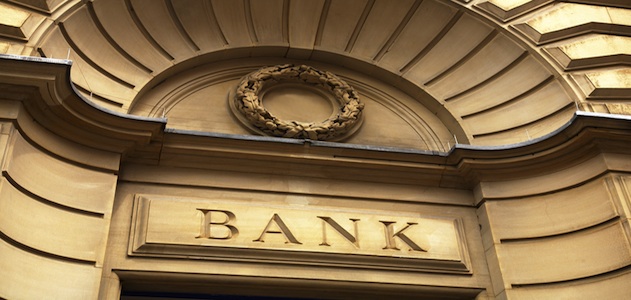In business, image really is everything.
And doing business as a too-big-to-fail bank means more money transactions by volume, compared to smaller banks. Mix that with a perception that the big bank is too-big-to-fail and investors show favoritism.
"The hypothesis that some banks will be rescued because they are too big to fail is important because it can have far-reaching implications," writes João Santos, a vice president at the Federal Reserve Bank of New York. "If investors, creditors in particular, believe certain banks are too big to fail, they will discount risk when providing those banks with funding."
This gives big banks a key advantage: less risk perceived by investors means a lower cost of doing business.
"This insensitivity of financing costs to risk will encourage too-big-to-fail banks to take on greater risk," adds Santos. "The largest banks’ risk taking, in turn, will drive the smaller banks that compete with them to also take on additional risk."
The Federal Reserve Bank of New York launched the first of two weeks' worth of research salvos aimed at educating the public about the big banks.
By its own admission, the Fed believes big banks aren't very popular in the mind of the American public.
"The chorus of criticism levied against mega-banks has, in some cases, outrun the research needed to back the criticism," explains Donald Morgan, a Fed VP as well. "To help the research catch up with the rhetoric, financial economists here at the New York Fed have engaged in a systematic study of the economics of large and complex banks and their resolution in the event of failure."
Using information from bonds issued over the past twenty years, Santos' study finds that the largest banks have a cost advantage vis-à-vis their smaller peers.
"Our results show that the spreads of bonds issued by the largest banks are, on average, 41basis points below the smaller banks’ bond spreads, after controlling for bond characteristics, including the credit rating, maturity, and amount of issue, as well as conditions in the bond market at the time of issue," Santos writes, in proving his point.





